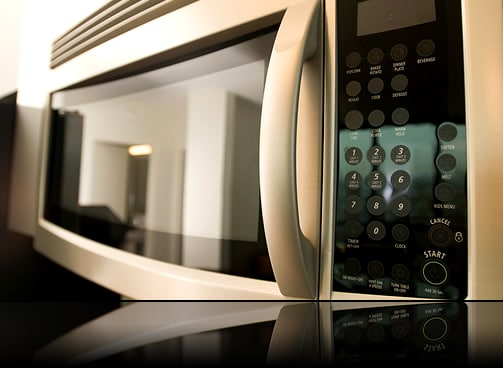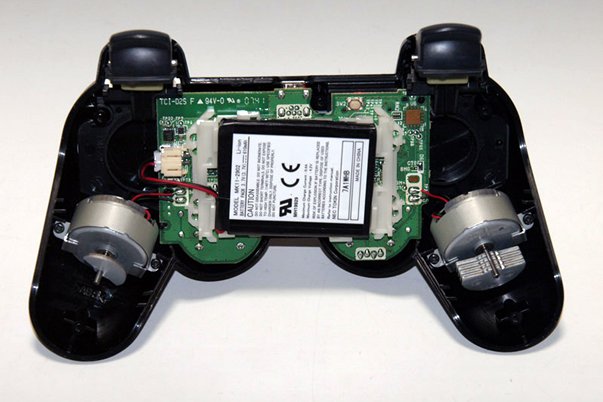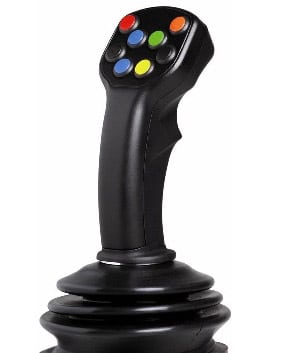Haptic Feedback Applications With Vibration Motors
Looking for our Haptics range? View our main Haptics hub here.
Haptic feedback and vibration alerting are different but commonly confused. To understand this difference in more detail, take a look at our haptic feedback vs vibration alerting article. In essence, haptics is about conveying information to the user/operator through their sense of touch, whilst vibration alerting is about capturing a user’s attention after an event or in an emergency.
One of the most common examples of haptic feedback is found in mobile phones, where touchscreen devices will vibrate to simulate the keystroke of a physical button. Touchscreen phones also vibrate in a number of different ways to communicate different events, such as keypad unlocking or during gameplay.
It is not just the mobile phone industry who have found uses for haptics. In fact, the haptic feedback market has been growing since the N64’s ‘Rumble Pack’ in the late 1990s with help from advancements in motor technology and the innovation of companies looking for competitive advantage. Below are just some of the types of products now featuring haptic solutions.

Get in touch
Speak to a member of our team.
Handheld
Handheld devices are increasingly being designed with haptic functions, for example, GPS units, tablet PCs, desk phones, and even toys are becoming commonplace. As more products rely on capacitive touchscreen technology as their primary interface, the haptic feedback element is becoming an increasingly important part of the user experience.
Precision Microdrives offers a range of motors and haptic feedback development kits which make it much easier for designers to add haptics to handheld products. Haptic actuators are available as ERMs or LRAs, each with various customisations possible.

Touchscreen Feedback
When using touchscreen interfaces, by timing a vibration pulse in coordination with on-screen events users can feel the simulated tactility of on-screen buttons. In these applications, there are certain motor characteristics which influence the haptic performance of the device. From our in-house testing, we publish haptic performance characteristics of our vibration motors to enable high-performance haptics. We also stock Linear Resonant Actuators and coin vibration motors for a wider range of design opportunities.
This additional information and variety in product performance allow our devices to be implemented in a range of applications, from small mobile devices to auto dashboards and tablet PCs.

Medical Simulation & Video Gaming
The careful control of vibration with low-inertia eccentric mass vibration motors can be used to create a feeling of immersion within an environment. This is popular in two areas – medical simulation and video gaming.
Games consoles have long used haptic feedback in their controllers, and the ‘dual-shock’ system became immensely popular thanks to the enhanced haptic responses introduced by having two motors, one for lighter vibrations and another for more intense feedback.
With advances in software and better motor characterisation more demanding applications, such as medical simulations, have started to implement haptic feedback to help train doctors.
Precision Microdrives is the only manufacturer to present inertial data on its datasheets for accurate haptic actuator selection. We also offer our full range of vibration motors in ‘1+ quantities’ for prototyping.

Operator Feedback
Another growing market for the introduction of haptics is that of operator feedback. Operators of complex machinery, such as JCBs, cranes, or other pneumatic systems currently have to rely on visual feedback. In some more advanced systems, pulsing the pressure in the pneumatic lines causes the controls to offer some rudimentary feedback, though this method is expensive to implement.
A much cheaper option is to use eccentric rotating mass vibration motors embedded into the control. In addition to improved costs, more than one motor can be added to the control stick, allowing operators to understand what is happening at the load-end of their machine, without necessarily being able to see it.
We often help customers with custom applications and offer free engineering support. If you need any further help please contact us.

Newsletter
Sign up to receive new blogs, case studies and resources – directly to your inbox.

Sign up
Discover more
Resources and guides
Discover our product application notes, design guides, news and case studies.
Case studies
Explore our collection of case studies, examples of our products in a range of applications.
Precision Microdrives
Whether you need a motor component, or a fully validated and tested complex mechanism – we’re here to help. Find out more about our company.